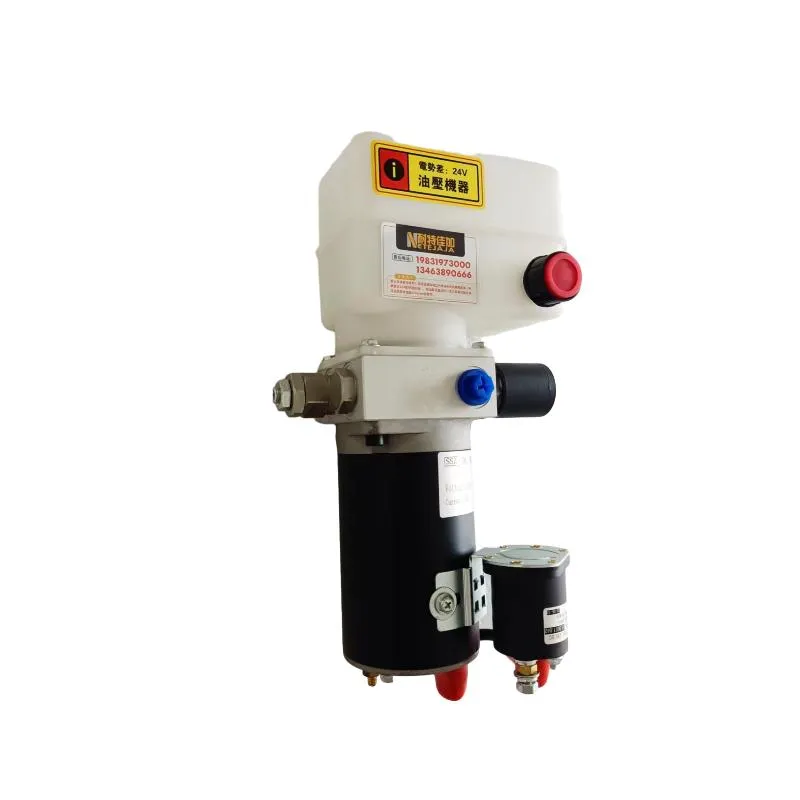Aug . 06, 2024 02:08 Back to list
Exploring the Role of Power Transfer Units in Modern Automotive Manufacturing Processes and Technologies
Understanding Power Transfer Units in Automotive Factories
In the automotive industry, efficiency and performance are paramount. One integral component that plays a crucial role in these aspects is the Power Transfer Unit (PTU). As vehicles become increasingly complex, with advancements in hybrid and electric technologies, the PTU has evolved to meet the demands of modern automotive engineering. This article delves into the significance, functionality, and manufacturing processes involved in PTUs within automotive factories.
What is a Power Transfer Unit?
A Power Transfer Unit is a mechanical component that facilitates the distribution of power from the vehicle's engine or electric motor to the wheels, specifically in all-wheel-drive (AWD) and four-wheel-drive (4WD) systems. The PTU is responsible for managing the torque distribution between the front and rear axles, ensuring optimal traction and stability for the vehicle under various driving conditions.
Importance of PTUs
The significance of PTUs cannot be overstated. They enhance vehicle performance by providing better traction, especially in slippery conditions, which is essential for safety. Additionally, PTUs contribute to improved fuel efficiency by allowing vehicles to operate in a two-wheel-drive mode under normal conditions, engaging all wheels only when necessary. This selective power distribution can lead to significant savings in fuel consumption and lower carbon emissions, making PTUs a key component in the shift towards greener technologies.
Moreover, PTUs are increasingly being integrated into hybrid and electric vehicles. These vehicles often use electric motors that can be dynamically controlled to deliver precise torque to the wheels, necessitating advanced PTU designs that can accommodate these new technologies. As such, manufacturers are continually innovating to enhance the capabilities of PTUs to keep pace with the evolving automotive landscape.
Manufacturing PTUs in Automotive Factories
The manufacturing process of PTUs is a complex operation that requires precision engineering and advanced technology. Automotive factories typically employ a series of well-coordinated steps to ensure the production of high-quality PTUs.
power transfer unit automotive factory

1. Design and Engineering Engineers utilize advanced computer-aided design (CAD) software to create detailed models of PTUs, focusing on factors such as weight, strength, and thermal management. Simulation tools are used to test the designs under various conditions before physical prototypes are created.
2. Material Selection The materials used in PTUs are crucial for their performance. Manufacturers often select lightweight, high-strength materials such as aluminum alloys and advanced composites to optimize weight while ensuring durability.
3. Precision Machining Once the design is finalized, the components are produced through precision machining processes, which can include casting, forging, and CNC milling. These processes require high levels of accuracy to ensure the proper fit and function of PTU components.
4. Assembly After machining, the components are assembled in a clean and controlled environment to prevent contamination. Each unit undergoes rigorous quality checks to ensure it meets industry standards and specifications.
5. Testing and Validation Before PTUs are dispatched for use in vehicles, they undergo comprehensive testing. This includes performance testing under simulated driving conditions to ensure reliability and efficiency.
6. Integration into Vehicles Finally, the PTUs are integrated into the vehicle assembly line, where they are installed in vehicles alongside other critical components.
Conclusion
The Power Transfer Unit is a vital component in modern automotive engineering, significantly contributing to vehicle performance, safety, and efficiency. As the automotive industry continues to evolve, particularly with the rise of hybrid and electric vehicles, the importance of PTUs is only expected to grow. Automotive factories play a crucial role in the development and manufacturing of these complex systems, utilizing advanced technologies and innovative processes to meet the demands of the future. Understanding the functionality and manufacturing of PTUs not only highlights their importance but also underscores the ongoing advancements in automotive technology.
-
1.5 Ton Lifting Cylinder 70/82-40-290-535 | Precision Engineering&Industrial Applications
NewsJul.21,2025
-
1.5 Ton Lifting Cylinder 70/82-40-290-535-Hebei Shenghan|Hydraulic Solution, Industrial Applications
NewsJul.21,2025
-
1.5 Ton Lifting Cylinder-Hebei Shenghan Hydraulic Machinery Co., Ltd.|High-Load Capacity&Industrial Hydraulic Solution
NewsJul.21,2025
-
1.5 Ton Lifting Cylinder-Hebei Shenghan Hydraulic Machinery Co., Ltd.|High-Load Capacity&Industrial Hydraulic Solution
NewsJul.21,2025
-
1.5 Ton Lifting Cylinder-Hebei Shenghan Hydraulic Machinery Co., Ltd.|High-Load Capacity&Industrial Hydraulic Solution
NewsJul.21,2025
-
1.5 Ton Lifting Cylinder 70/82-40-290-535 - Hebei Shenghan Hydraulic Machinery Co., Ltd. | High Performance, Durable, Industrial Use
NewsJul.21,2025
